Safeguarding Your Smart Home: A Comprehensive Guide to Cybersecurity

In an era where smart devices dominate households, ensuring the security of your interconnected gadgets has become paramount. A recent investigative report sheds light on the alarming ease with which hackers can infiltrate these devices, potentially compromising your personal information and privacy. Let's delve into the intricacies of smart home cybersecurity and explore actionable steps to fortify your digital fortress.

Main Ideas
- 🔒 Smart devices are vulnerable to hacking, as demonstrated by an ethical hacker.
- 🌐 Use of commonly known passwords poses significant risks to online security.
- 💻 Proliferation of hacking resources online contributes to increased cyber threats.
- ⚠️ Risks associated with hacked thermostats extend beyond temperature control to casing homes.
- 🛡️ Data breaches are prevalent and compromise private information on a large scale.
- 🚨 Accessibility of hacking resources online facilitates cybercriminal activities.
- 🏠 Importance of securing Internet-connected devices to protect privacy and prevent unauthorized access.
- 📶 Utilizing unique passwords and multi-layer authentication enhances online security measures.
- 00:00 🔒 Smart device vulnerabilities
- Smart devices vulnerable to hacking,
- Ease of hacking demonstrated by an ethical hacker,
- Risks associated with commonly used passwords.
- 01:11 🌐 Risks of using common passwords
- Use of commonly known passwords facilitates hacking,
- Potential dangers of hacked thermostats in casing homes,
- Importance of unique passwords for online security.
- 01:54 💻 Proliferation of hacking resources
- Prevalence of data breaches affecting private information,
- Accessibility of hacking resources online,
- Risks associated with leaving Internet-connected devices unsecured.
Understanding the Vulnerabilities
Smart devices, ranging from cameras to thermostats, are susceptible to hacking due to inherent vulnerabilities in their design and connectivity. Ethical hackers demonstrate how easily these devices can be compromised, emphasizing the urgency of safeguarding your home network.
- Ease of Access: Hackers exploit common security loopholes, such as default passwords and outdated firmware, to gain unauthorized access to smart devices.
- Data Breach Risks: Once infiltrated, hackers can extract sensitive information, including passwords and personal data, posing significant privacy and security risks.
Mitigating Security Threats
To mitigate the risks associated with smart home vulnerabilities, proactive cybersecurity measures are indispensable. Implementing robust security protocols can effectively thwart potential cyber attacks and safeguard your digital domain.
- Unique Passwords: Utilize strong, unique passwords for each smart device and regularly update them to minimize the likelihood of unauthorized access.
- Multi-Layer Authentication: Enhance security measures by implementing multi-factor authentication, requiring additional verification steps beyond passwords, such as biometrics or one-time codes.
- Firmware Updates: Stay vigilant about firmware updates released by device manufacturers, as they often contain crucial security patches to address known vulnerabilities.
Raising Awareness and Education
Beyond individual cybersecurity practices, fostering awareness and education surrounding smart home security is crucial for collective resilience against cyber threats. Empowering users with knowledge and resources can empower them to make informed decisions and protect their digital assets effectively.
- Educational Initiatives: Promote educational initiatives and resources to raise awareness about cybersecurity best practices among smart device users, emphasizing the importance of proactive security measures.
- Community Engagement: Foster community engagement and collaboration to share insights, experiences, and strategies for enhancing smart home security, creating a network of support and knowledge exchange.
Conclusion: Securing the Future of Smart Living
As the prevalence of smart devices continues to soar, ensuring robust cybersecurity measures is imperative to safeguarding our digital lives. By adopting proactive security practices, staying informed about emerging threats, and fostering a culture of cyber resilience, we can navigate the complexities of the digital landscape with confidence and protect the integrity of our smart homes.

